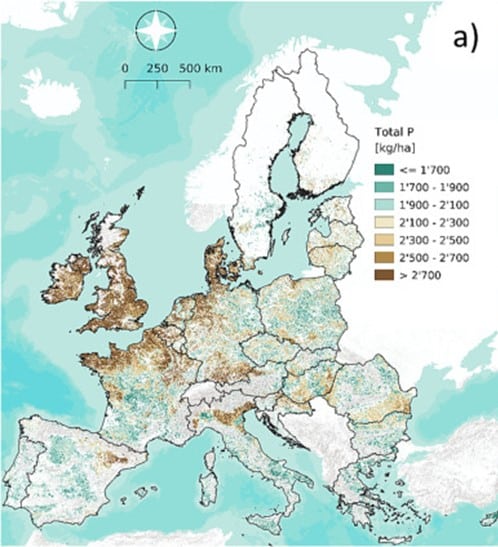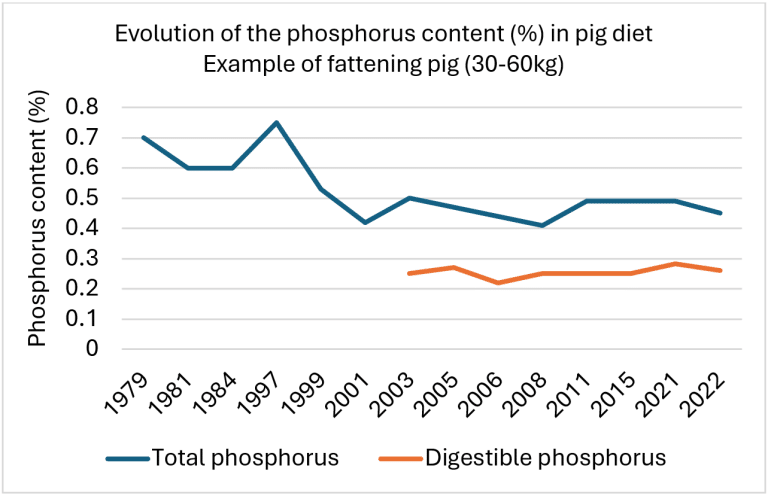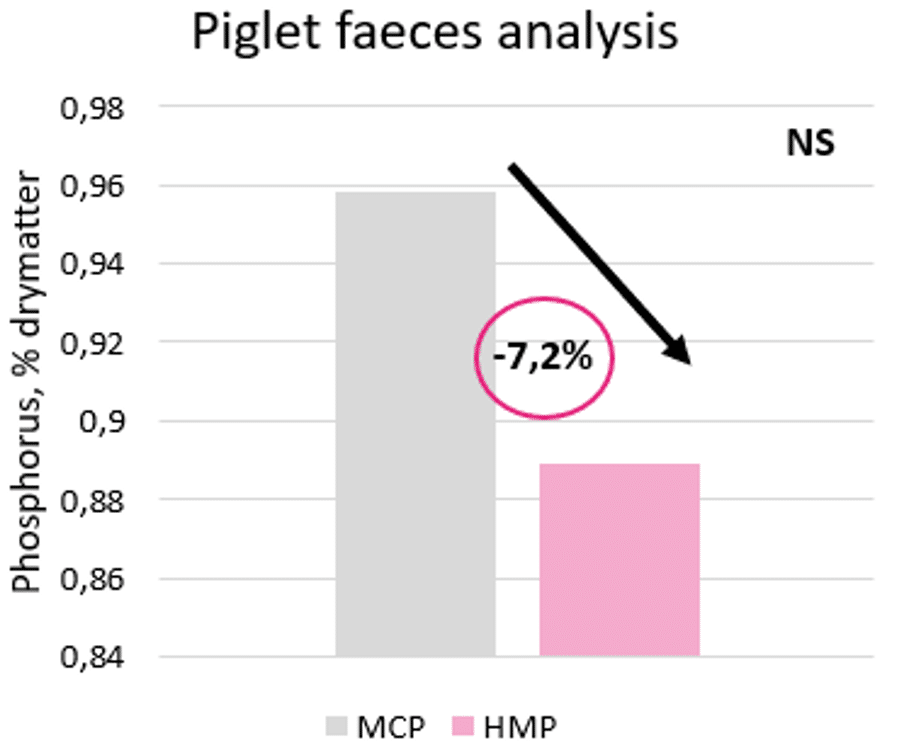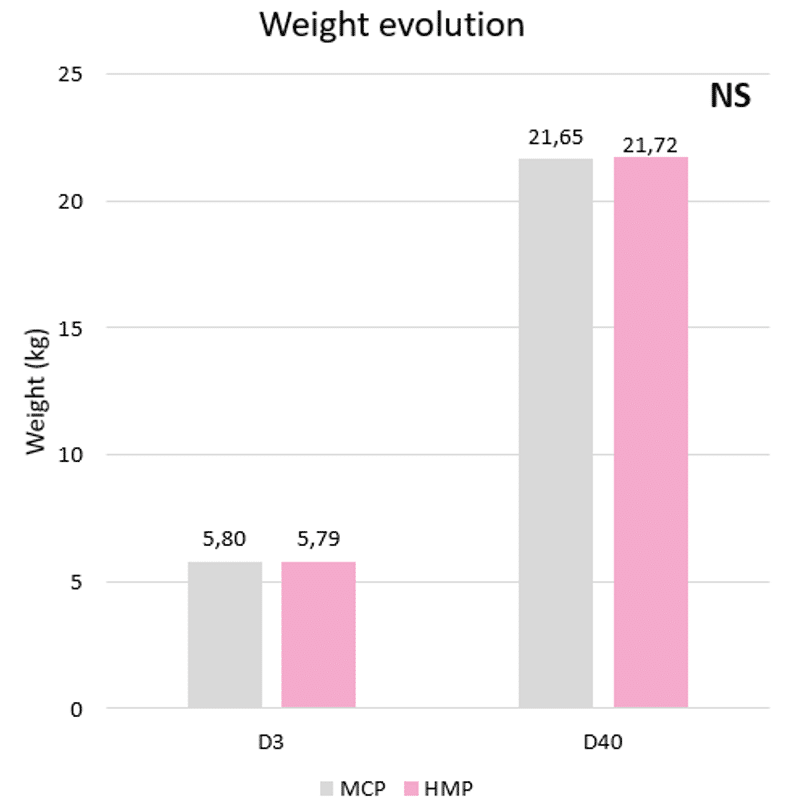Phosphorus in the topsoil (history/evolution)
Phosphorus in vegetal and animal production is very important for the growth. Phosphate rock exploitation allows to satisfy the phosphorus requirements via the fertilizer for the vegetal and the feed phosphate for animal nutrition. Food security is improved as well as the productivity, because phosphorus is a key element in food production.
However, in some areas with high density of animals, the combination with mineral and organic fertilizer has increased the total phosphorus content of the soil. Consequently, the phosphorus accumulation in the soil could have effects on the environment. For example Europe, the UK, France, Germany (North and South), Belgium, Denmark, Spain (Catalonia) and Italy (North), are the countries with the highest amount of phosphorus in the topsoil (Figure 1). These areas are also home to a large number of intensive livestock farms (Munrwler et al., 2024).
In order to reduce the phosphorus content in topsoil and prevent eutrophication, some countries put in place some regulations on spreadable manure, in addition to regulation on mineral fertilization. In Germany, according to the fertilization balance (requirements – provision) an excess of only 10 kg P/ha/year is authorized. In the Netherlands, a national production quota has been introduced. It stood at 172.9 million for all animal production combined in 2023. The nitrate directive in Europe (170 kg N/ha from livestock effluent) reduces the quantity of manure spreadable per hectare.
However, for monogastric, compared to ruminant the balance between P and N in the manure is higher. In other words, for 170 kg N/ha from monogastric manure, the quantity of phosphorus is higher than the plants requirements.

Figure 1: Phosphorus content in the topsoil (Munrwler et al., 2024)
Evolution of the phosphorus content in the diet
The consequences of excess phosphorus in the ration can be harmful to the environment, but they also entail a significant cost, impacting on the sustainability of the sector. For many years, scientists searching on animal nutrition tried to understand the requirements of the animal, and in the same way the nutritional value of each ingredient. Better understanding of animal phosphorus requirements allows to decrease the incorporation of phosphorus in the diet.
Before the 2000’s nutritionists talked in total phosphorus, not taking in account the quantity of digestible phosphorus and the quality of raw materials. Now, and for many years the P requirements for swine in the diet is calculated based on digestible phosphorus. This means we can be as close as possible to the pig’s needs and choose the most digestible raw materials.
A decrease in total phosphorus can be observed through years, but the digestible phosphorus has been maintained (Figure 2). In addition, to a better selection of plant matter, new feed technologies or practice have improved phosphorus digestibility. Concerning feed phosphate, the improvement of their quality and their digestibility enhanced their efficiency in animal nutrition, reducing the need for phosphate rock and optimizing formula costs.
In addition, the multiplication of feeding phases enabled the pig to be as close as possible to its requirements throughout its growth. In addition, phytase improves the digestibility of plant-based phosphorus, which is very difficult for animals to assimilate without this enzyme.

Figure 2 : Evolution of the phosphorus content (%) in pig diet
How does Phosphea intend to contribute to the control of phosphorus discharges – an example with Hum IPHORA
As a major player of macro-mineral solutions for animal feed, Phosphea wants to participate to reduce the phosphorus reject in the environment. Its latest innovation, HumIPHORA has been developed to work in synergy with phytase, to improve phosphorus digestibility. This molecule, calcium humophosphate, is an organic mineral complex noted in the European Feed Register and thus usable in animal nutrition in Europe. It brings P (22%) and Ca (15-16%), two key elements for animals. Its mode of action focuses on chelation with cations in excess, especially Ca.
Indeed, calcium can play an antinutritional role in the digestibility of phytic phosphorus (Woyengo et Nyachoti, 2013). In the stomach, phytase begins breaking down the bonds of phytic acid, but it cannot break all of them (there are 6 bonds between the myo-inositol and phosphate groups). When it reaches the small intestine, pH increases. This allows calcium to bind again with the remaining P from phytic acid, forming insoluble complexes that are no longer accessible for phytase hydrolysis. Calcium humophosphate helps to limit Ca recomplexation in the gut and thus improves plant-based phosphorus digestibility. Its unique mode of action allows for a reduction in the amount of feed phosphate incorporated into animal diet, while maintaining or improving animal performances compared to conventional phosphates. The reduction in incorporation is around 15% compared with MCP (monocalcium phosphate) and 40% compared with DCP (dicalcium phosphate).
Thanks to this, calcium humophosphate can theoretically reduce phosphorus rejection into the environment by 10%. Additionally, in a trial conducted on 702 post-weaning piglets in 2023 in Spain, the results demonstrated a 7% reduction in the phosphorus content of the feces. Replacing MCP by HumIPHORA led to a reduction in phosphorus discharges while maintaining similar performance levels (Figures 3 and 4).
Phosphea is commited to improving the sustainability of pig production, with its new phosphate : HumIPHORA.

